Getting Started in Forex Trading Strategies
$11.83
| Author(s) | |
|---|---|
| Format |
|
| Pages |
203 |
| Publication Year |
2007 |
Getting Started in FOREX Trading Strategies is intended as a sequel to Getting Started in Currency Trading (GSICT), although it may certainly be used independently. One comment readers often make after reading the latter is, “Great, now I know the mechanics of FOREX. But what do I do next?” This book addresses that question. However, it does assume some basic knowledge of FOREX. If you are new to currency trading, I suggest you pick up a copy of Getting Started in Currency Trading and read and study the material before starting this volume.
Readers’ expectations vary enormously. Most thought “getting started” truly meant getting started, but some assumed the book would carry them through more advanced training. A few were disappointed not to find a $19.95 black-box system leading to great wealth without effort. There is no get-rich-quick method in FOREX or any other market. Getting Started in FOREX Trading Strategies (GSIFTS) is meant to give you an initial perspective on various methods and a simple method on which to build. To most traders, strategy is synonymous with trading techniques—one or more of the many flavors of price charts or indicators such as oscillators and moving averages. In GSIFTS, strategy refers to the three primary elements that define a trader: trading techniques, money management, and the soft elements of market selection, trader profile, tactics, and psychology. Together they compose a trader’s style.
Contents:
- Trading Techniques
- The Soft Elements of Style
- Money Management
- The Codex Notebook
- The Codex Toolbox
- Style
- Making Money Management Decisions
- Setting Up Your Trading Platform
- Tracking Markets
- Selecting Markets
- Making a Trade
- Monitoring a Trade
- Exiting a Trade
- Postmortem and Record Keeping
- Options and Options
- The Dreams of Reason—To Be or Not to Be a FOREX Trader
Getting Started in Forex Trading Strategies By Michael Archer pdf
7 reviews for Getting Started in Forex Trading Strategies
Clear filtersOnly logged in customers who have purchased this product may leave a review.

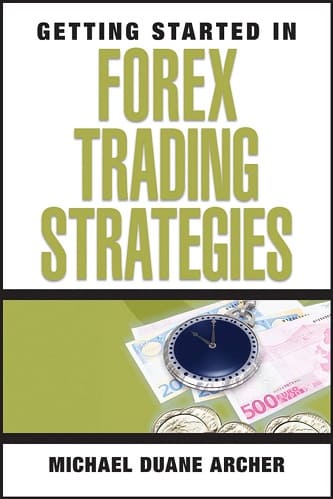

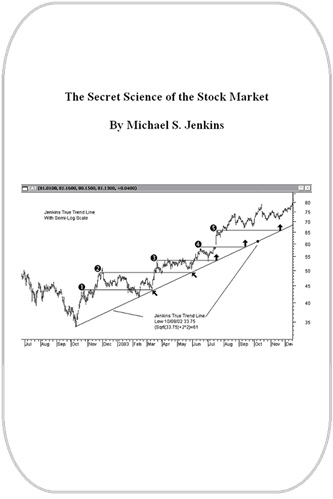
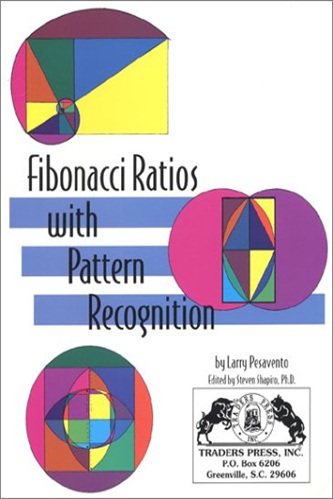

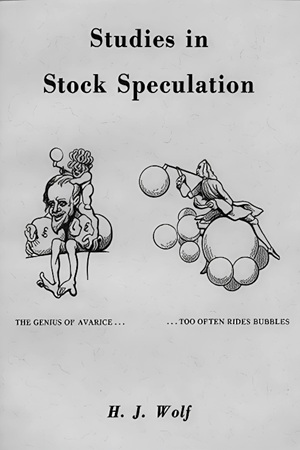

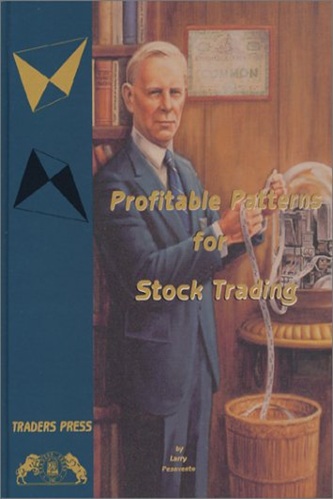
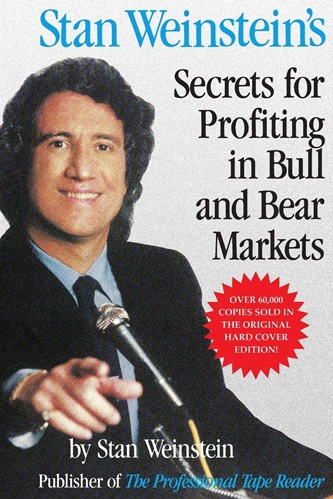
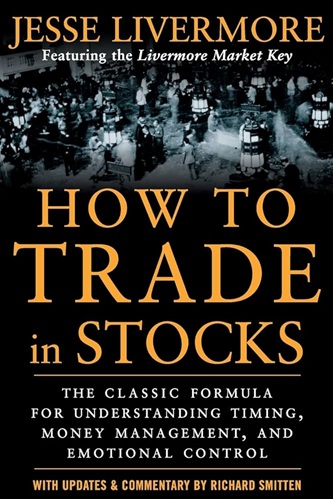
Lucca Jefferson (verified owner) –
The “meat” of the book is a system that uses “waves” to determine buy/sell points, the rest is just 99% filler. The author does not explain much, one or two pages and absolutely no clear examples. There are absolutely no charts with clear buy here/stop here/take your profit here/ signals. After reading the book you are left wondering what to do next.
And of course ZERO backtest ! Oh no, those forex authors have never heard of testing software like Trade Station or Metatrader ! It’s always the same story with these guys : Here is my little unproven, untested trading system, hand me your money for the book and bye bye !!
I give this book 2 stars only because the system may have some merit. Still, it is one of these books you want to quickly forget after you read it.
Corbin Cortes (verified owner) –
1) I do not think this is a good “Getting Started” book. I’d recommend the Dummies series as a first book. It’s simple, to the point and much more organized. If this is the book you start with, you will end up more confused.
2) I honestly can say I do not think I picked up one piece of useful information from this. Granted this isn’t the first book I read so maybe there’s a point in there somewhere that someone might get… but not me.
3) Bad writing. I can see where there was potential in some things he wrote to be useful, but it just didn’t come across that way. No offense meant to Archer. He is, after all an active TRADER (at least according to the back cover) and not a writer, but the writing makes it difficult to get through.
I only read this because my mom got it for me. I wouldn’t have bought this book myself.
Sylas Hahn (verified owner) –
This book is a must! If you are a trader with some experience, you’ll find many good habits that everyone should learn at the beginning…and not after loosing money..
Practical to plan your trading activity, rich of emotional and money management advises.
If you’re looking for the holy grail of trading systems, this in not the case, but if you think about being a full time trader, this is rich of good material to learn.
Valentina Potter (verified owner) –
I found this book to be the missing link in my trading. I’ve long been struggling to find a framework with which I could understand and develop a complete trading strategy. The author does an excellent job with the codex approach in both explaining his framework and providing an example using his Goodman Swing trading system (in addition he also shares this system for those would like to use it). The book also provides very good insight into all the components of a complete trading strategy, how they work together and why they must be complimentary, thus allowing the strategy to evolve or adapt. The author was very prompt in responding to my email asking for some clarifications, and in fact provided me with more information than I asked for. The book is well written and edited, there was very little that was not clearly explained and very understandable. Thanks again to Mr. Archer and his editors for what I believe is one of the best books on trading system/strategy development available today.
Fallon Jennings (verified owner) –
Looking at the system only, rather than the psychological aspects of trading, I can’t say I am impressed. The instructions on how to build a swing chart do not match the diagrams and are therefore confusing. The expanation on what to do if it is NOT a 50% retracement are very unclear to say the least. The book could have done with a thorough edit before publication. Much of the material is available on the authors website but the explanations are no clearer.
The author talks about how he is not a fan of technical indicators (one of the reasons I bought this book) and then goes on to talk about wave theory as a type of technical indicator! Patterns (for me) are way too subjective to use in trading and this is really all about pattern recognition.
Where are the examples of trading that failed (way more instructive than pattern success)? Where are the ‘difficult’ patterns to call and the mistakes made?
The author recommends using high leverage with ‘beer accounts’ like $500 which is a sure fire way to blow the account. He recommends that you use 10:1 leverage with this size of account and 5:1 leverage with $10000 account. These levels willl blow the account sooner or later particularly with his stop loss ‘strategy’ of tight stops based around risk ratio.
The trader psychology part is fine but can be found in many other trader books but I give it two stars because of this.
Lea Grant (verified owner) –
Good read
Leon Reed (verified owner) –
For anyone starting out on a trading path, Getting Started in Forex Trading Strategies is a must read in creating and setting up a trading toolbox. It addresses all aspects of what needs to be in place to ensure you have the correct platform and disciplines to make your trading career a success. Not only does Duane explain the dynamics behind Forex markets, but give examples of analysing market environment, discusses how to track markets and the importance of trade setups, entries, specific targets, stop losses and exit strategies. Duane Archer even gives us a peak at his Goodman Swing Count System, and Goodman Cycle Count System which I find very intriguing and refreshing. Getting Started in Forex Trading Strategies is a book that needs to be on every trader’s bookshelf.